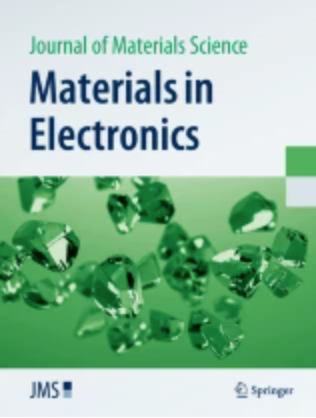Tuning the Microstructure and Thermoelectric Response of β-FeSi2 Thin Films via Cobalt Doping
Abstract
In this study, Co-doped β-FeSi2 thin films were successfully synthesized using a simple thermal evaporation technique followed by post-annealing at 500 °C to explore their thermoelectric properties. The structural analysis confirmed the orthorhombic β-FeSi2 phase with prominent diffraction peaks corresponding to the (220), (200), and (311) planes. The peak intensity increased with Co content up to x = 0.25, followed by a decline at x = 0.35, indicating improved crystallinity at moderate doping and structural disorder at higher concentrations. SEM images revealed a systematic microstructural evolution from nanoneedle-like morphology to granular agglomerates, consistent with XRD findings. Thermoelectric measurements showed that the Seebeck coefficient decreased with increasing the cobalt content due to higher carrier concentration, while electrical conductivity improved up to x = 0.25, owing to enhanced mobility and grain connectivity. The highest power factor of 11.39 µW/mK2 at 550 K was achieved for the x = 0.25 sample, confirming the optimal doping level. This work highlights the significance of controlled cobalt doping in enhancing the thermoelectric performance of β-FeSi2 thin films and provides insight into the interplay between microstructure and carrier transport.

 求助内容:
求助内容: 应助结果提醒方式:
应助结果提醒方式:


